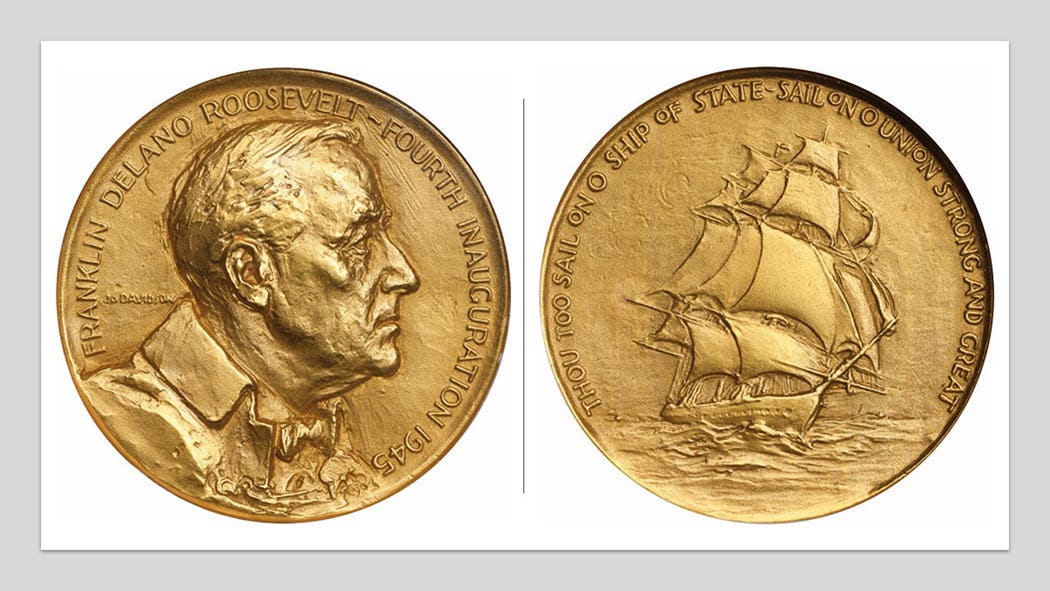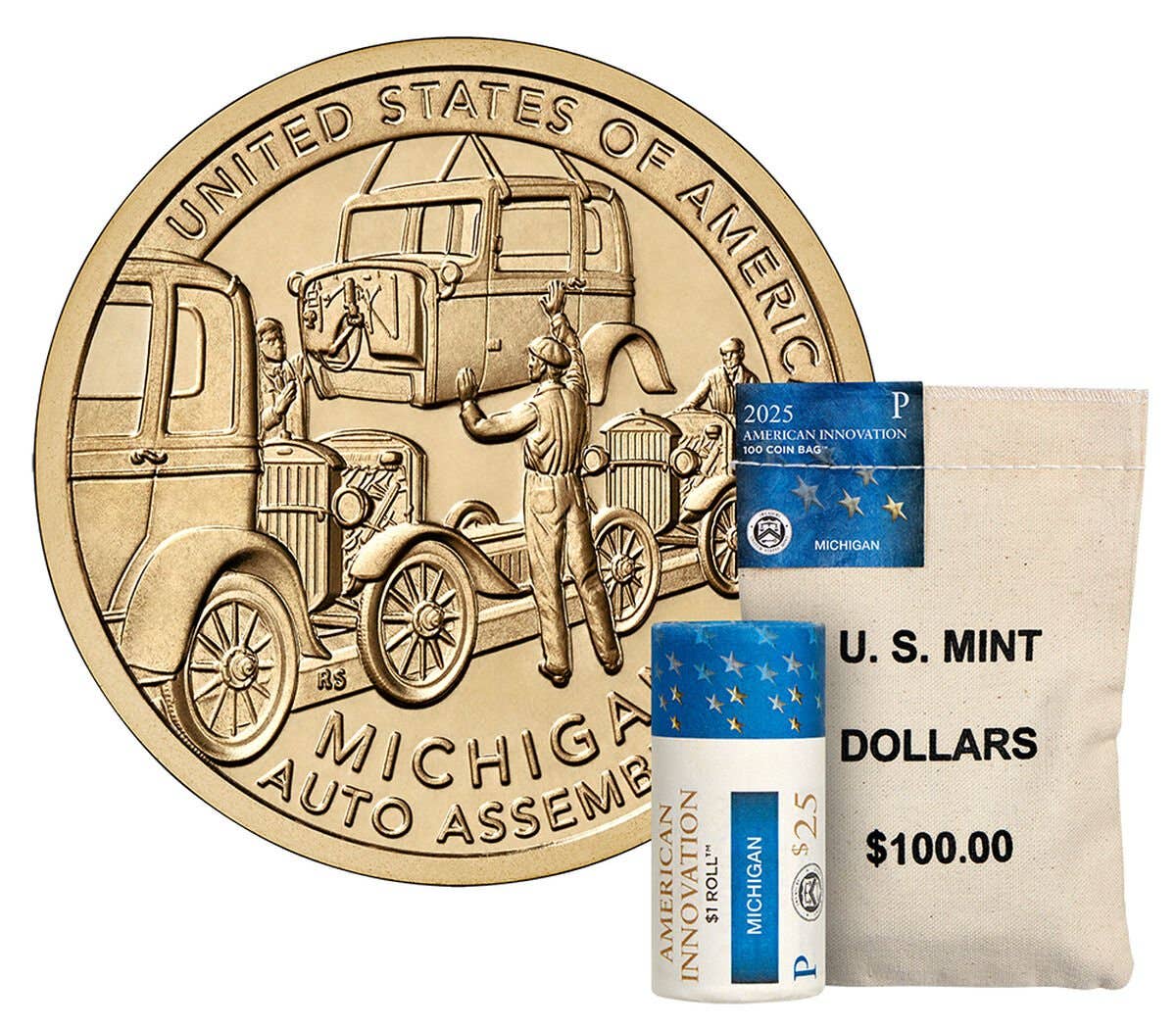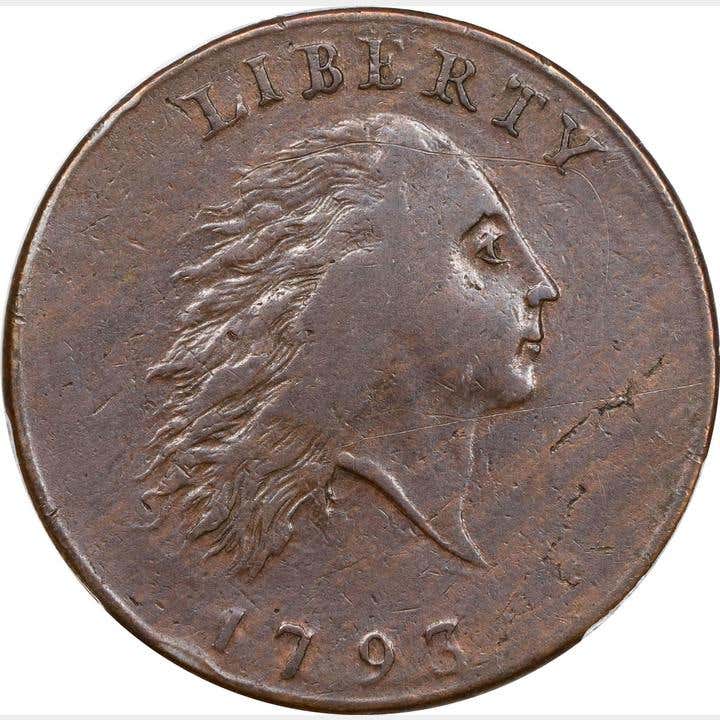Barber Half Dollar Bargains
When it comes to United States half dollars, there are definitely fans for almost every series we can think of, bar none. The Walking Liberty half dollar, for example, continues…
When it comes to United States half dollars, there are definitely fans for almost every series we can think of, bar none. The Walking Liberty half dollar, for example, continues to be a design that plenty of collectors love. One series that does not usually get as much attention, but that still has some devoted fans, is the Barber half dollars. The Barber image, named after U.S. Mint Engraver Charles Barber, was used on the dime, quarter and half dollar from 1892 up to 1915, and today does indeed have a fan following. For the non-believers among us, search online for the Barber Coin Collector Society for some great information. For right here and right this moment, however, let’s see if there might be any bargains with this classic set of 50-cent pieces.
As we get started, we will keep in mind that for the present the collecting community has a prolonged and deep desire for Mint State coins from just about any United States series. And so, it’s logical to look at the price of Mint State Barber half dollars. Doing so gets us to this number: $600 – for the common dates. That certainly is higher than what we have seen when examining some other series of classic U.S. silver, but to quote many a famous movie line, “There you have it.”
Before we dive into the details of these classic 50-cent pieces, let’s do just a bit more math and see if there might be some more palatable options available. If we gaze at the other end of the price line, as it were, the G-4 grades, we find that the common halves within the series now cost only about $20 each. There’s no doubt that the price is good – but what we get is not. This grade is reserved for coins that have done the hard work, been passed around for a long time, and as a consequence don’t look like much. But if we grapple up the ladder quite a ways, to the AU-50 grade, we find that more than half of this entire series can be had for about $300-$350 per coin. Once again we could claim this isn’t cheap; but by moving down just one grade or two from that MS-60 with its $600 price tag, we shed about half the cost. It might very well be worth our while to focus on the AU-50 coins, and in doing so keep a fair amount of our own money in our pockets.
With that intro, let’s quickly look at the rarities among the Barber halves. There are 10 dates and mintmarks that have mintages at about half a million or lower. At the front end, the 1892-O is a costly piece, for which the $300 price tag we just came to would only buy us a G-4 example. On the very tail end, the 1915 from Philadelphia is the rarest date in the series, although it seems like any piece that comes from the City of Brotherly Love doesn’t have quite the price connected to it that a mintmarked sibling would have.
Importantly, when it comes to the common dates, with or without a mintmark, and high mintages, the highest Barber half we have is the 1899 with an official mintage of 5,538,000. This is followed closely by the 1908-O, with 5,360,000 to its tally. Both of these are in the $300-$350 zone we just mentioned. But we might say the definition of common, at least as we connect it to prices, goes down to different mintages depending on the mintmark. For example, the 1894-O has an official number of 2,138,000 and a price just over $400 in AU-50. The 1893 only saw 1,826,000 produced, yet it commands only a $350 price in the AU-50 grade. What this tends to mean is that finding the price point for each of the common dates has more attached to it than just the total number that were pounded out by one mint or another.
Should that all seem a bit convoluted, perhaps the easiest way to go about assembling a good-looking set of Barber half dollars is to look at any price list, whether in Numismatic News, or in Coins, simply to see which pieces fall into the $300-$350 price range, and thus into an affordable zone. There will certainly be a good number of dates from Philly. So, if we begin our hunt with the idea that we only have enough cash for an initial outlay that includes two or three pieces, look next at how low each official mint tally was. These lower totals are still connected to common coins. But the chances of them going up in value sometime in the future might be a smidge better than those that are the absolute most common.
For $300-$350 per 50-cent piece, we can nab more than 20 Barbers and build the base of a handsome collection. From that point onward, we can keep hunting and see how large a total such a collection can ultimately encompass.
We’ll throw one final idea out there, when it comes to the Barber halves, one that we have mulled over for a couple of other series: a single proof, a solo coin that could be the jewel in the crown of any collection of half dollars. What we know is the modern proof series was not around back when these halves were being made. But there were proof singles sold by the Mint to wealthy collectors. Today several of the major reference books and price lists note that something like the 1892 proof, the most common of them with only 1,245 as its total, is valued at $1,750 in PF-64. That price may seem absurdly high, especially if we are thinking that $350 per coin is steep. But if we could land one? Wow, these proofs tend to be hundreds of times rarer than their circulating counterparts, yet cost only five or six times what the AU-50 version does. Amazing, really.
Yes, there are half dollar series one can argue are more popular than the Barbers. But this classic set of 50-cent pieces still has some potential in it for the collector on the watch.








